Space and astronomy news
In 2019 the Event Horizon Telescope gave us our. It was a powerful image, but not one with much detail. It looks like a blurry orange donut. To be fair, the real meat of the discovery was in the data, not the image. And as a recent study shows, there’s a great deal more in the data than what we’ve seen.
Light is passing near the black hole in all sorts of directions, but from our perspective, we can only see the light that is focused toward us. Any beam of light that loops around the black hole and heads our way, we should be able to see. It turns out that the black hole can act as a really strong lens. Light can pass extremely close to the black hole, and get focused directly toward us. So what we should see is a thin circle of light known as the photon ring.
So why doesn’t the EHT image show the photon ring? Unfortunately, the space between us and the black hole isn’t completely empty. There is still a surrounding region of cold gas, which the light has to pass through to reach us. Some of the light scatters along the way, making the image more blurry than we’d like. This is where the new study comes in.
United States Latest News, United States Headlines
Similar News:You can also read news stories similar to this one that we have collected from other news sources.
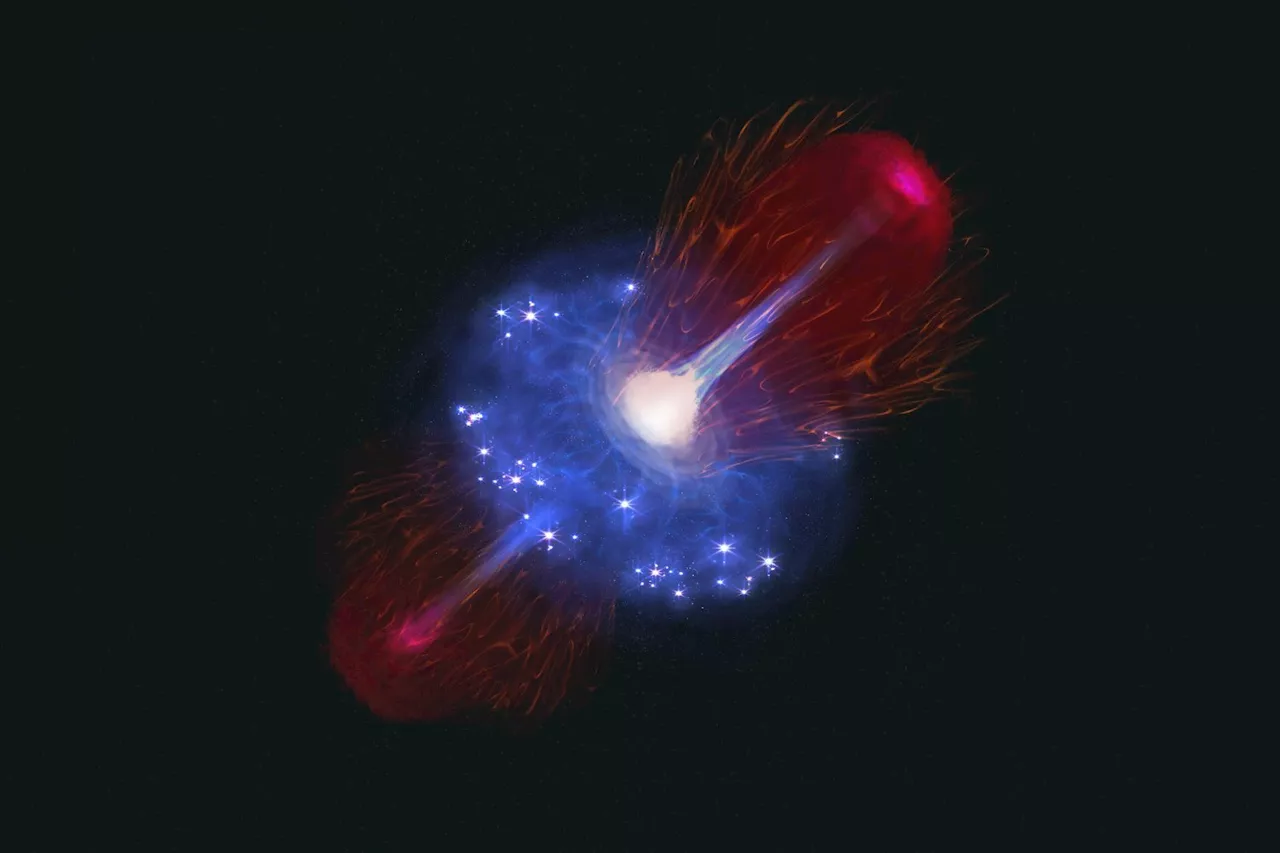 Dormant Black Hole in the Early Universe Baffles AstronomersThe James Webb Space Telescope has revealed a dormant black hole in the early universe, challenging conventional models of black hole growth.
Dormant Black Hole in the Early Universe Baffles AstronomersThe James Webb Space Telescope has revealed a dormant black hole in the early universe, challenging conventional models of black hole growth.
Read more »
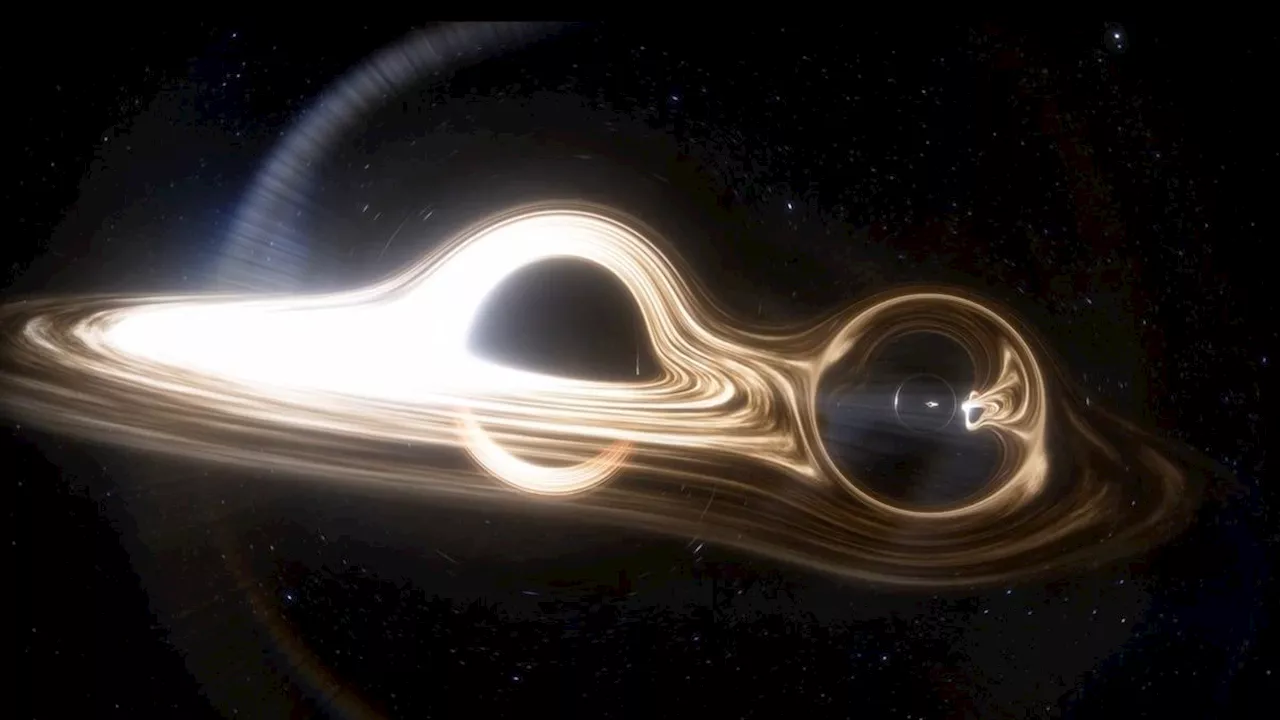 Astronomers Detect Unique 'Oscillatory' Signal from Devouring Black HolesResearchers have observed an unusual radiation signal from a pair of supermassive black holes devouring a massive gas cloud. The signal, repeating every 60-90 days, is unprecedented in active galactic nuclei and observed across X-rays, ultraviolet, and optical frequencies. This discovery offers new insights into the behavior of these cosmic giants and their interaction with galaxies.
Astronomers Detect Unique 'Oscillatory' Signal from Devouring Black HolesResearchers have observed an unusual radiation signal from a pair of supermassive black holes devouring a massive gas cloud. The signal, repeating every 60-90 days, is unprecedented in active galactic nuclei and observed across X-rays, ultraviolet, and optical frequencies. This discovery offers new insights into the behavior of these cosmic giants and their interaction with galaxies.
Read more »
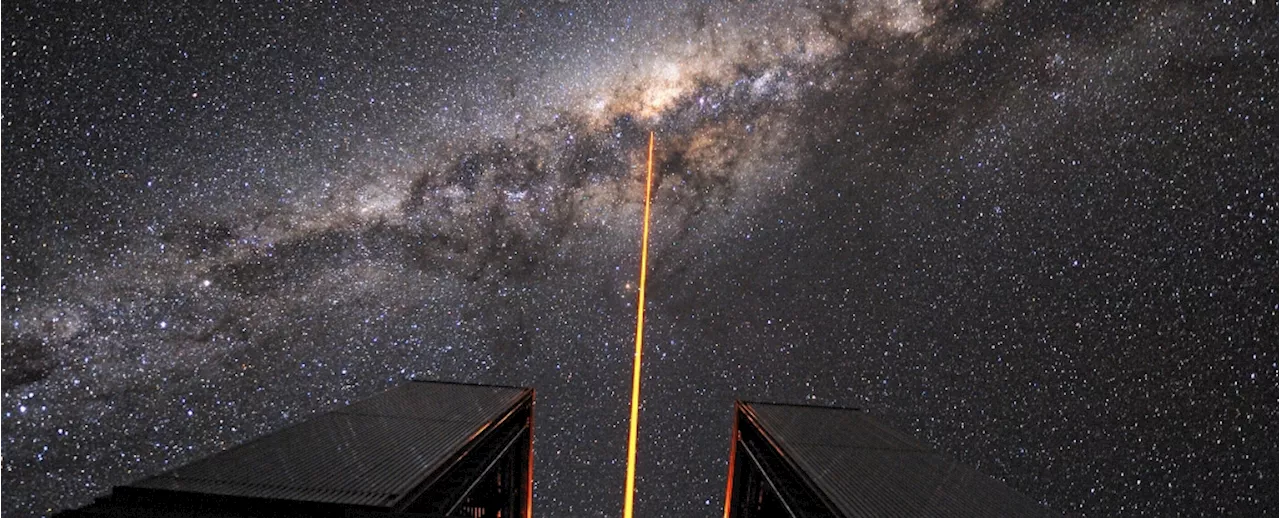 Astronomers Discover Binary Star System Orbiting Milky Way's Black HoleA team of astronomers has made a groundbreaking discovery, finding a binary star system orbiting Sagittarius A*, the supermassive black hole at the center of our Milky Way galaxy. This finding sheds light on the extreme environment at the galaxy's core and helps explain why some stars move at exceptionally high speeds.
Astronomers Discover Binary Star System Orbiting Milky Way's Black HoleA team of astronomers has made a groundbreaking discovery, finding a binary star system orbiting Sagittarius A*, the supermassive black hole at the center of our Milky Way galaxy. This finding sheds light on the extreme environment at the galaxy's core and helps explain why some stars move at exceptionally high speeds.
Read more »
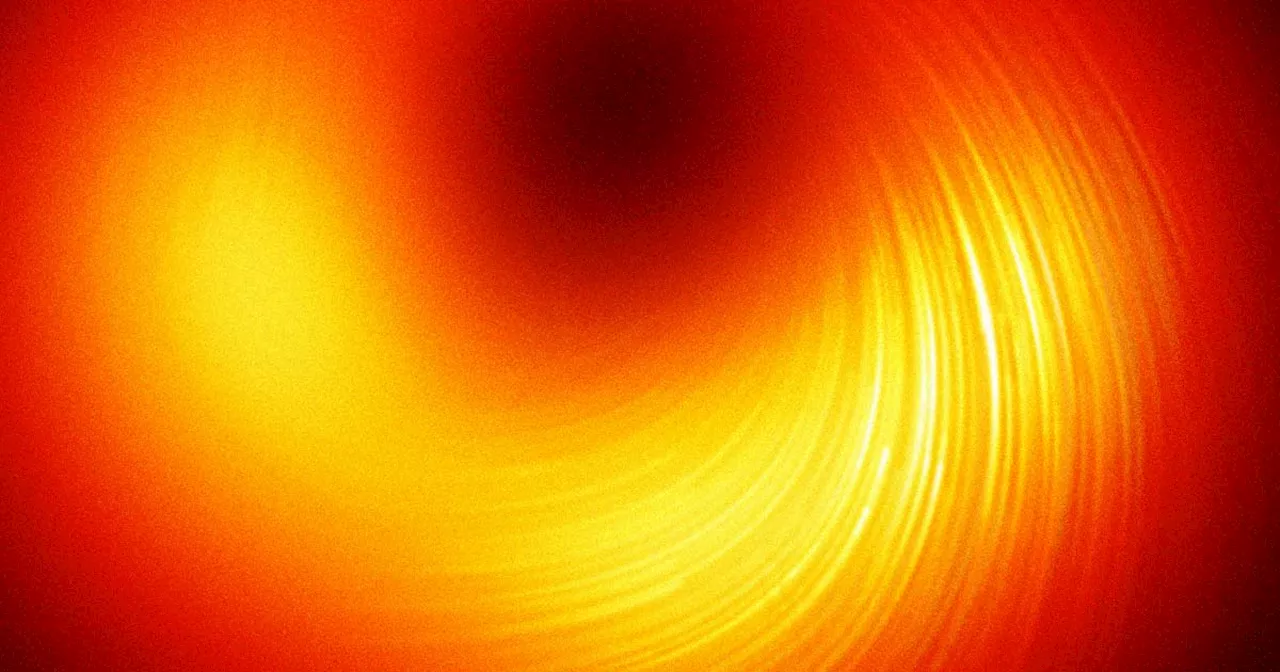 Astronomers Were Watching a Black Hole When It Suddenly Exploded With Gamma RaysScience and Technology News and Videos
Astronomers Were Watching a Black Hole When It Suddenly Exploded With Gamma RaysScience and Technology News and Videos
Read more »
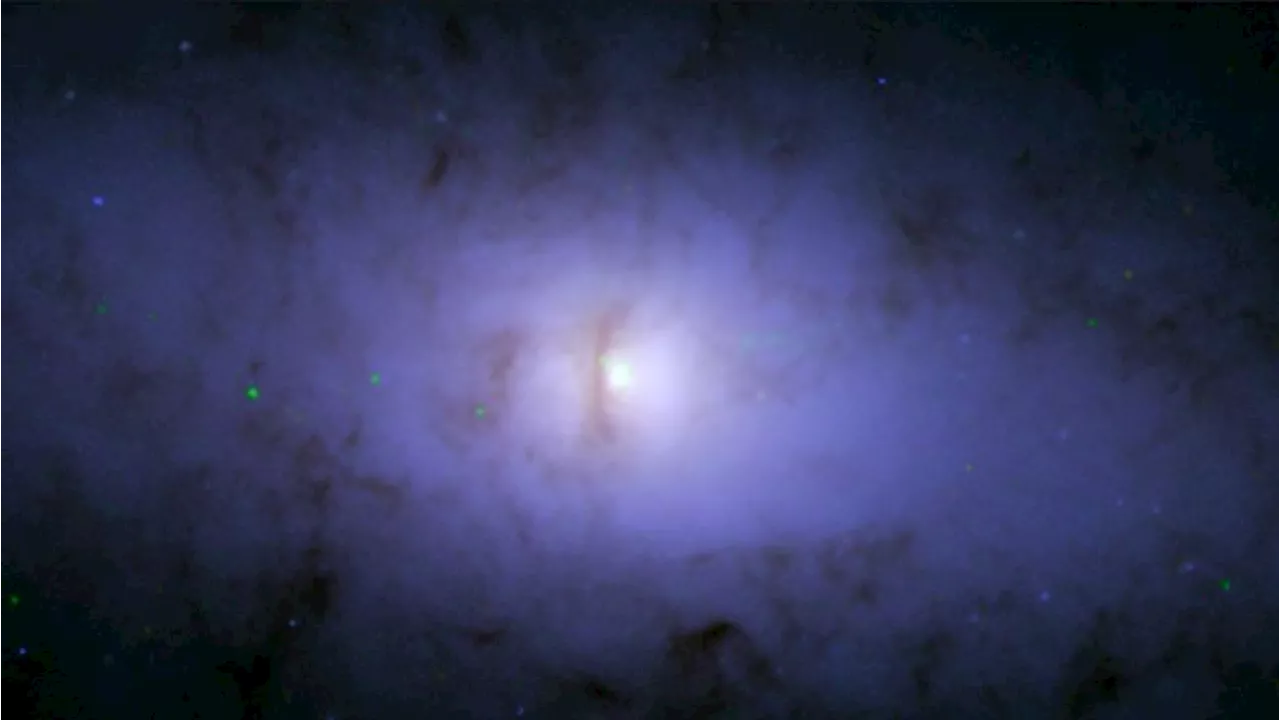 Astronomers Find a Black Hole Tipped Over on its SideSpace and astronomy news
Astronomers Find a Black Hole Tipped Over on its SideSpace and astronomy news
Read more »
 Astronomers Detect Rare Black Hole Feeding EventAstronomers have observed a short-lived burst of energy originating from a galaxy 500 million light-years away. This event, captured by the Catalina Real-Time Transient Survey, is believed to be caused by a black hole consuming a star, offering valuable insights into stellar evolution and black hole behavior.
Astronomers Detect Rare Black Hole Feeding EventAstronomers have observed a short-lived burst of energy originating from a galaxy 500 million light-years away. This event, captured by the Catalina Real-Time Transient Survey, is believed to be caused by a black hole consuming a star, offering valuable insights into stellar evolution and black hole behavior.
Read more »
